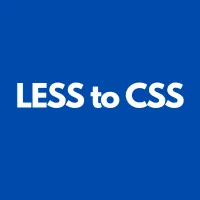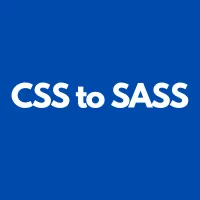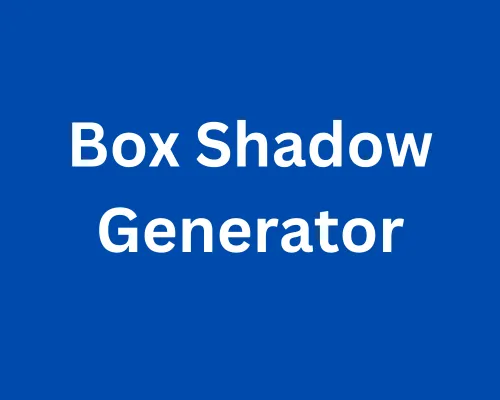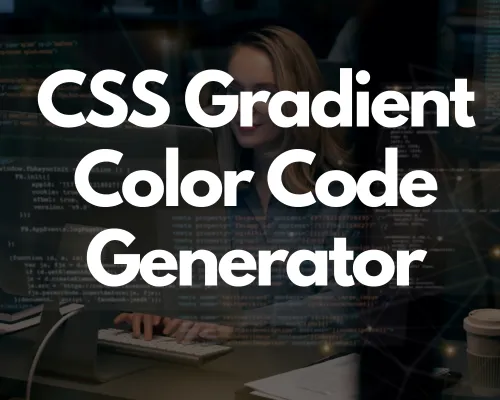Free Box Shadow & CSS Gradient Tools by Coding India Lab
In today’s fast-paced web design, interior designers always look for a way to enhance their website without compromising on their performance. CSS (Cascading Style Sheets) is the center of it all, and tools that can generate CSS can make a huge difference in the area of performance. Code Republic of India Lab has launched two super useful resources for developers, Box Shadow Generator and CSS Gradient Generator, both free. While they are easy to use to get a beautiful, responsive web design. So let’s understand the functionality and worth of the same and how they will be beneficial for Web Interior Designer and Web Developer in many ways.
What is Box Shadow in CSS
Box-shadow property in CSS can be used to add shadow effects to elements if they are contrasting in depth and add visual hierarchy to a web page. The implications will be used to create all the right information such as lower shadows in the back card game, buttons and other variables. The creator can make anything from a soft, subtle shadow to a very dramatic, hard effect by changing parameters like color, blur radius, spread radius and shadow positioning.
Though it will take a lot of time to type and edit the above shadow manually which may have errors especially for beginners in CSS. That’s where Hindustan Lab’s Box Shadow Generator comes in.
How the Box Shadow Generator Works
The Box Shadow Generator makes adding shadows to an object easy. Instead of modifying one of the properties and hoping for a better shadow result, users can just type in their desired option in a simple to use, simple to understand interface and the program will give you the CSS code.
Here’s a brief overview of how it works:
- Adjust parameter: The exercise simplifies working with important shadow properties such as.
- Horizontal offset (X-axis): Switches left/right placement of shadow.
- Vertical offset (Y-axis): Switches the top/bottom placement of the shadow.
- Blur radius: Switches softness/hardness of shadow.
- Spread radius: Switches the extent of the shadow around the element.
- Color: Users can control the color of the shadow, including transparency (through RGBA values).
- Real-time preview: as you update the properties, the shadow result is updated in real-time so you can see what it will look like on the screen.
Once you’re happy with the shadow effect, the Box Shadow Generator gives you the CSS code that you can copy and paste directly into your work.
Web designers and Web developers can get rid of the hassle of typing in CSS properties manually and instead style in tandem without any hassle.
Why Use the Box Shadow Generator?
- Efficiency: It saves time from the trial and error of manual values.
- Accuracy: It ensures the output code is syntactically correct, fewer mistakes.
- Customization: It has a lot of customization, from color to shadow intensity.
The eye shadows are a good way to center the object and give the client an engaging experience.
The programmer can design a whole professional design in half the time by including the Box Shadow Generator in the design process.
What is a CSS gradient?
A CSS gradient is usually applied to the background, buttons, and other pictorial dramatic effects. A gradient can be linear (with a single color gradient in a straight line) or radial (with a color gradient radiating from the top). Interior designers can create a rich, dynamic background for their web pages without using image files with the help of CSS gradients. Though creating and customizing gradients, especially when it comes to experimenting with specific values would be easy. Code Republic of India Lab’s CSS Gradient Generator has an edge over this as it gives a user-friendly interface where the developer can create a gradient easily and quickly.
How CSS Gradient Generator Works
Coding Bharat Lab’s CSS Gradient Generator should be easy to use, where humans can create linear and radial gradients.
What’s the mechanism here?
- Selecting the Gradient type. It doesn’t matter whether the client wants to use radial Gradient or Linear Gradient, depending on the ramifications they want.
- This linear gradient goes along a straight line and the user can change the line direction as needed.
- This gradient spreads out from an origin point and radiates outward.
- While creating a gradient a fixed two or more colors can be set. It could also be a color palette where one can choose any color by defining RGB, HEX, or HSL. User can also specify the position of every color stop with respect to the gradient so that they can edit further.
- Change Gradient Angle and Location., 45, 90, etc. ) is possible to change by the user to see how the gradient covers the element. Radial gradients have gradient center positioning control.
- Live Preview When the user makes changes in the gradient the tool generates a live preview i.e. they will see the effect of their changes on the product.
- Once the desired gradient effect is created the tool automatically generates the same CSS code which can be copied and used by the developer.
Benefits of Using Coding India Lab Tools
1. Free
Box Shadow Generator and CSS Gradient Generator are free so developers of any kind of adventure can use them. They save time and reduce the complexity of CSS design by a new developer or by a experienced developer.
2. Increases Productivity
Together programming software liberate the programmer from the tedious, boring tasks that otherwise would have eaten up the valuable time. They allow developers to complete their projects in less time, fewer bugs due to live preview and manual crypto removal.
3. Simple-to-Use Interface
Both software provide the foundation software so that the user can focus on imagination instead of code. The current also makes them ideal for interior designers who are not CCS programmers.
4. Instant Feedback
With live preview the user can see their changes instantly, so they can design without thinking.



